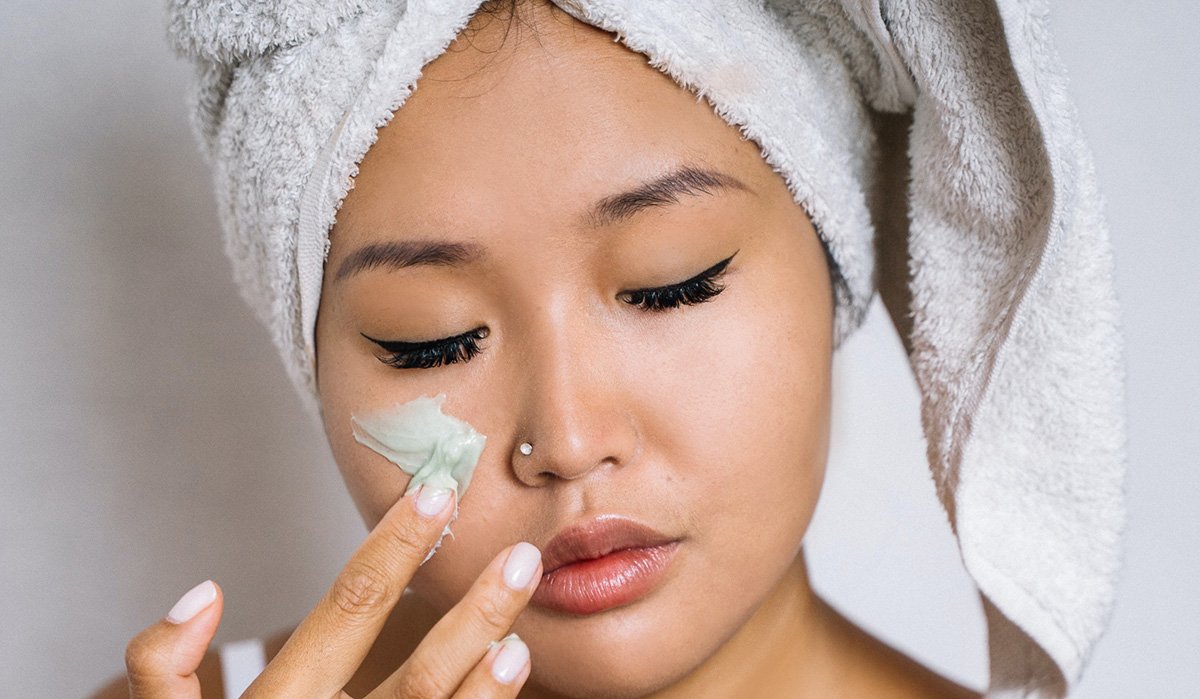
No matter what your skin concern—dryness, anti-aging, hyperpigmentation—protecting and supporting your skin’s barrier should always be your number one goal. One way to do this is by prioritizing ingredients that are already found on the skin, like ceramides.
[SEE ALSO: After a Vacation, Do These 5 Things For Your Skin]
As much as you like high-efficacy actives like retinol and glycolic acid, taking care of your skin barrier should always be first before diving into other skin concerns. Let’s break down everything you need to know about ceramides, what they are good for, and how to include them in your skincare routine.
Your Ceramides, Cholesterol, and Fatty Acids
The outermost layer of your skin is called the stratum corneum, which acts as the first line of defense against all the elements you’re exposed to daily. This layer of the skin is mostly made up of lipids, such as ceramides, cholesterols, and fatty acids, that help seal water into the skin and play an important role in keeping your skin barrier function up and running.
What Are Ceramides?
Ceramides are a family of lipids (fatty molecules) that can be found in the cell membrane of any cell in your body. They are also the main ingredient (around 40-50%) of the skin lipids in the stratum corneum. The skin contains over 10 types of ceramides found in skin, with every ceramide having a different size, form, and function. So yes! They are very important for your skin health.
What Problems Are Linked To Low Ceramide Levels?
Low ceramide levels are often involved in conditions where the skin cannot retain water and becomes easily sensitized by external irritants. Skin affected by dermatitis, psoriasis, and just regular dryness have been found to contain less ceramides than healthy skin.
As we age, the amount of skin lipids drastically decreases, which can cause dry, sensitive, aged skin, as well as other skin conditions such as eczema and atopic dermatitis. But luckily, these lipids can be found in many skincare products.
Should I Include Ceramides In My Skincare Routine?
Definitely, yes! Several studies have shown that topical lipids can help decrease skin TEWL (Transepidermal Water Loss) over time. That’s why ceramide-containing creams, serums or balms can be a great way of restoring your skin barrier.
If you’re dealing with dry and irritated skin, ceramides can be a great addition to your skincare routine. They can be used twice daily, after cleansing and before sunscreen during the day, and as the last step in your nighttime routine.
How To Choose The Right Ceramide Skincare Product
Here are a few tips you can follow when you’re shopping for a truly effective ceramide:
- Choose the right product format: Ceramides perform better in creams, lotions, and balms than in toners, cleansers, and serums. Because they are hearty, waxy substances, they naturally do best in creamy, balmy textures. Toners, cleansers, and serums that claim to have ceramides likely use it at extremely low levels.
- Shop from trusted brands: Because of their waxy nature, they can be challenging to formulate at effective levels. Go with products from trusted skincare brands that will formulate the product correctly.
- Ceramide NP (Ceramide III) Products: Ceramide NP is one of the most abundant forms of ceramide naturally found in our skin. It also happens to have more clinical studies behind it in terms of topical efficacy and its importance for skin barrier health than other types of ceramides. Keep an eye out for it in the ingredient list!
Do you include ceramides in your skincare routine? Let us know in the comments section down below.



